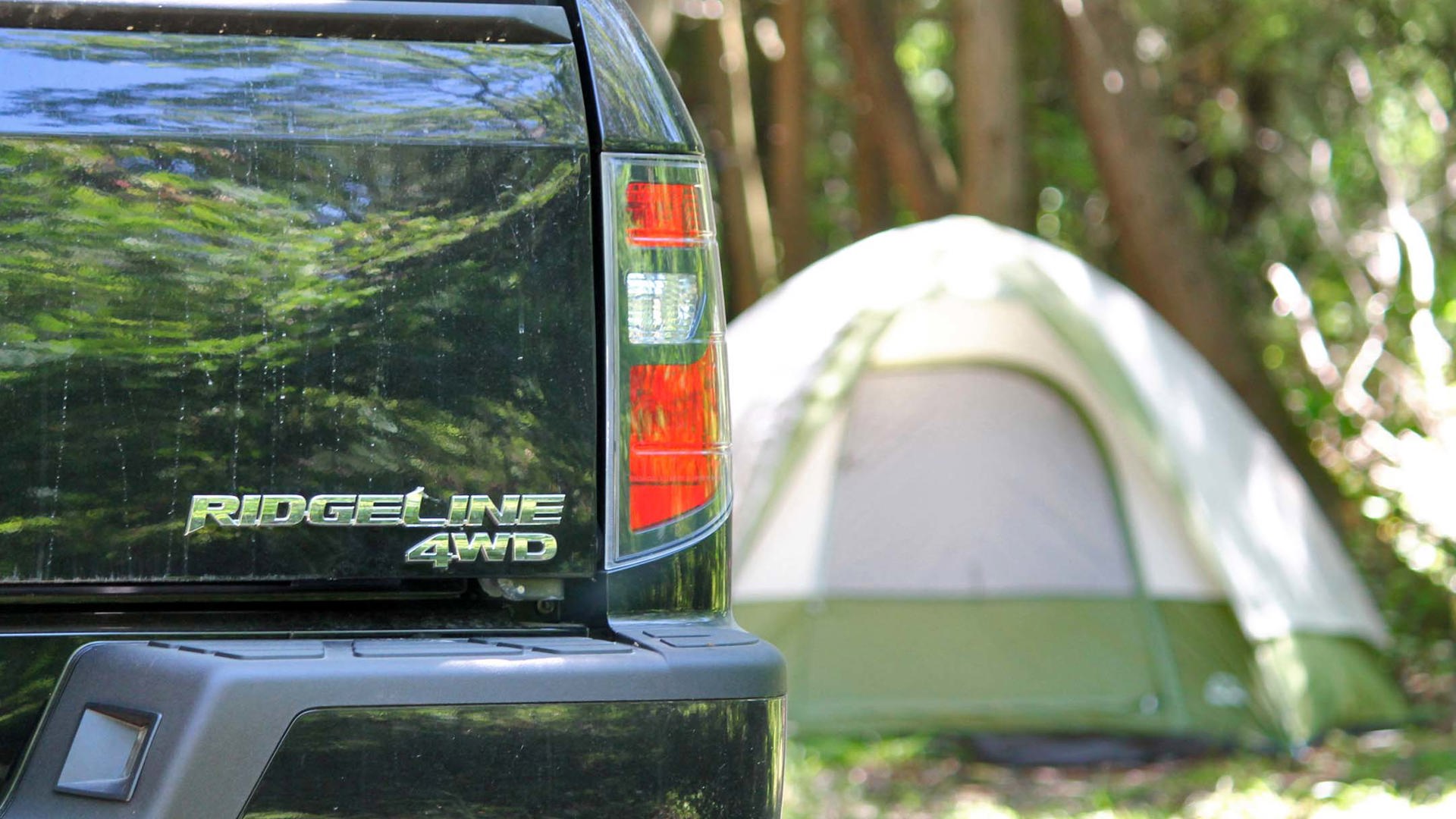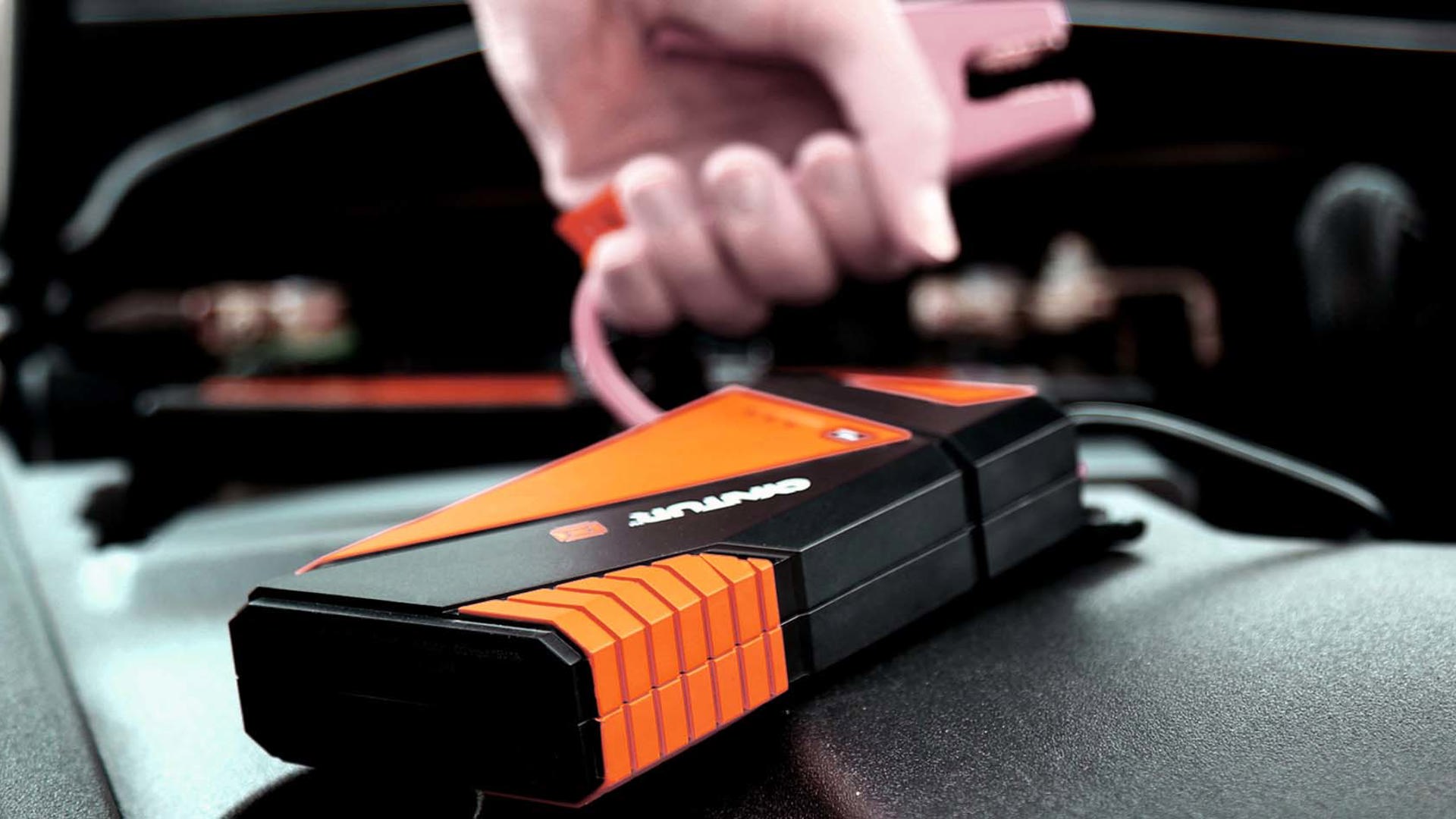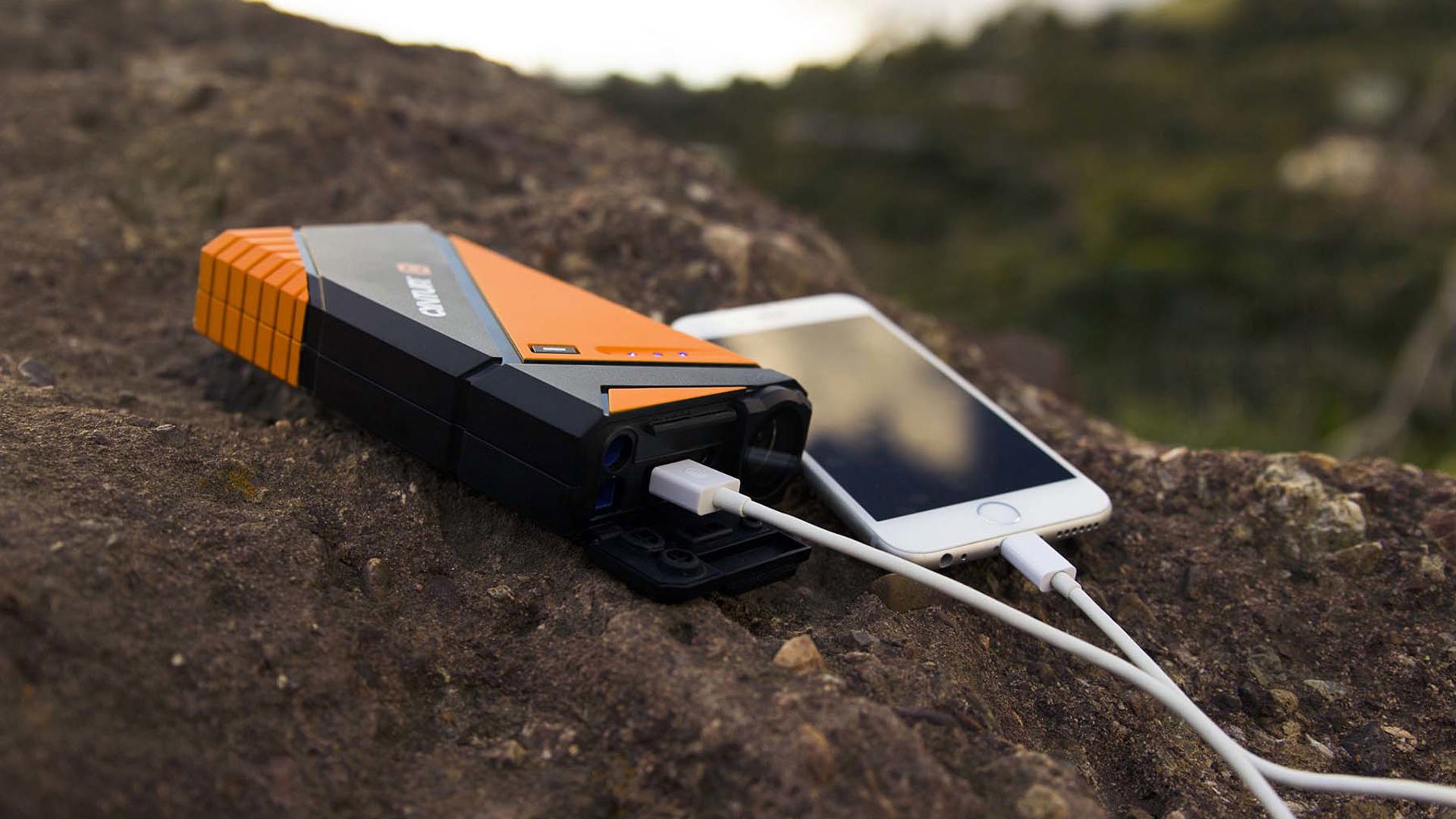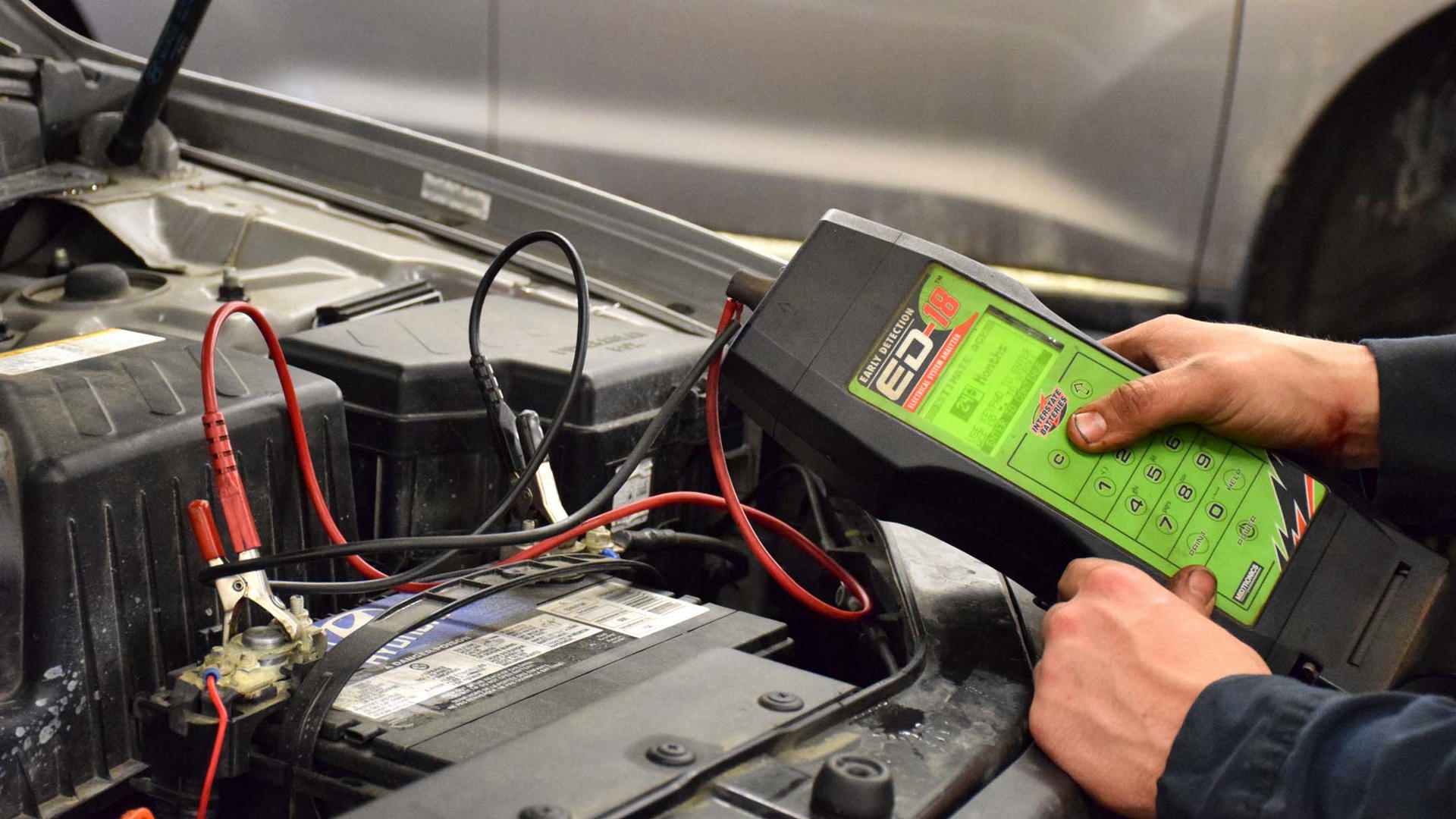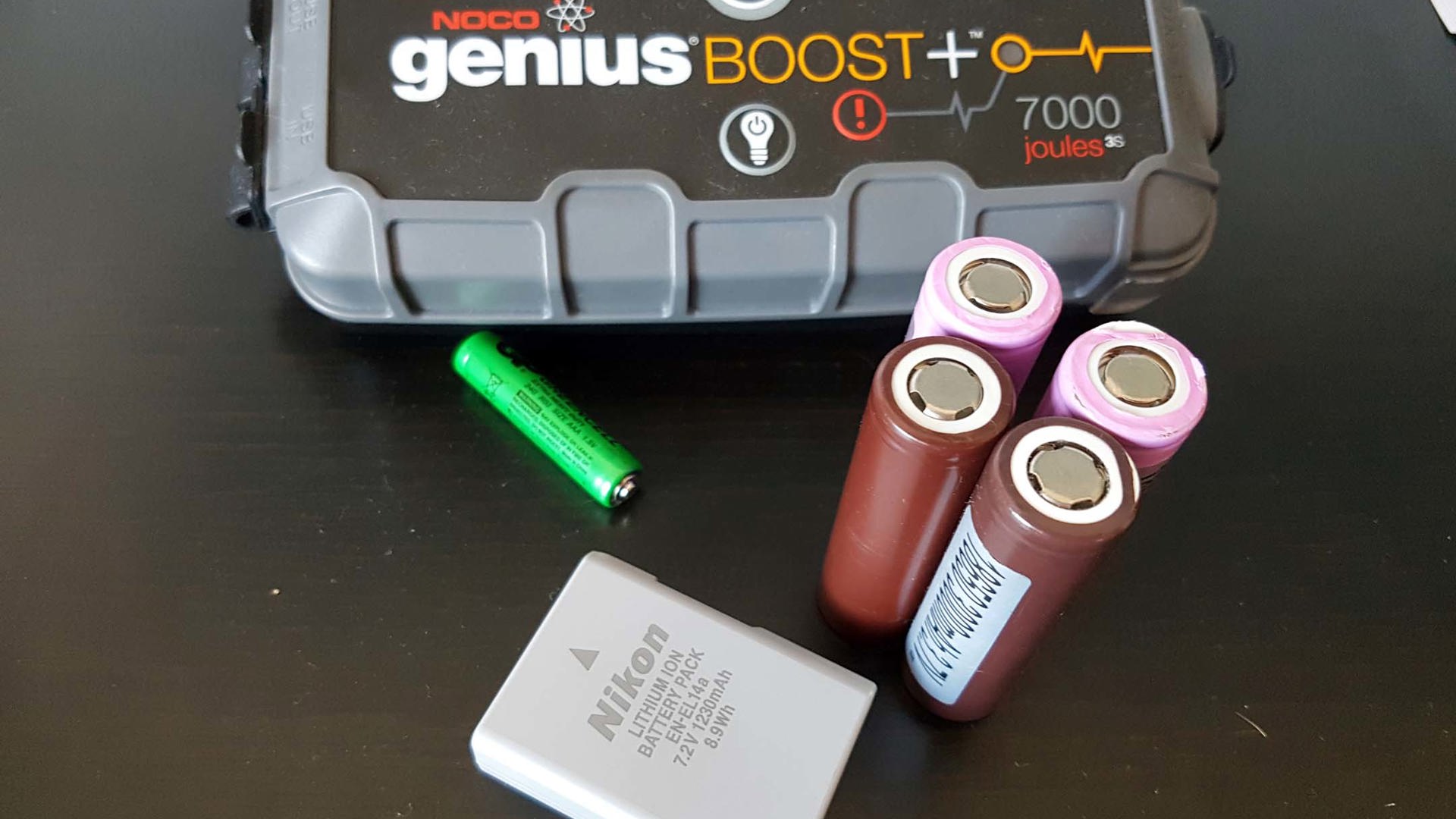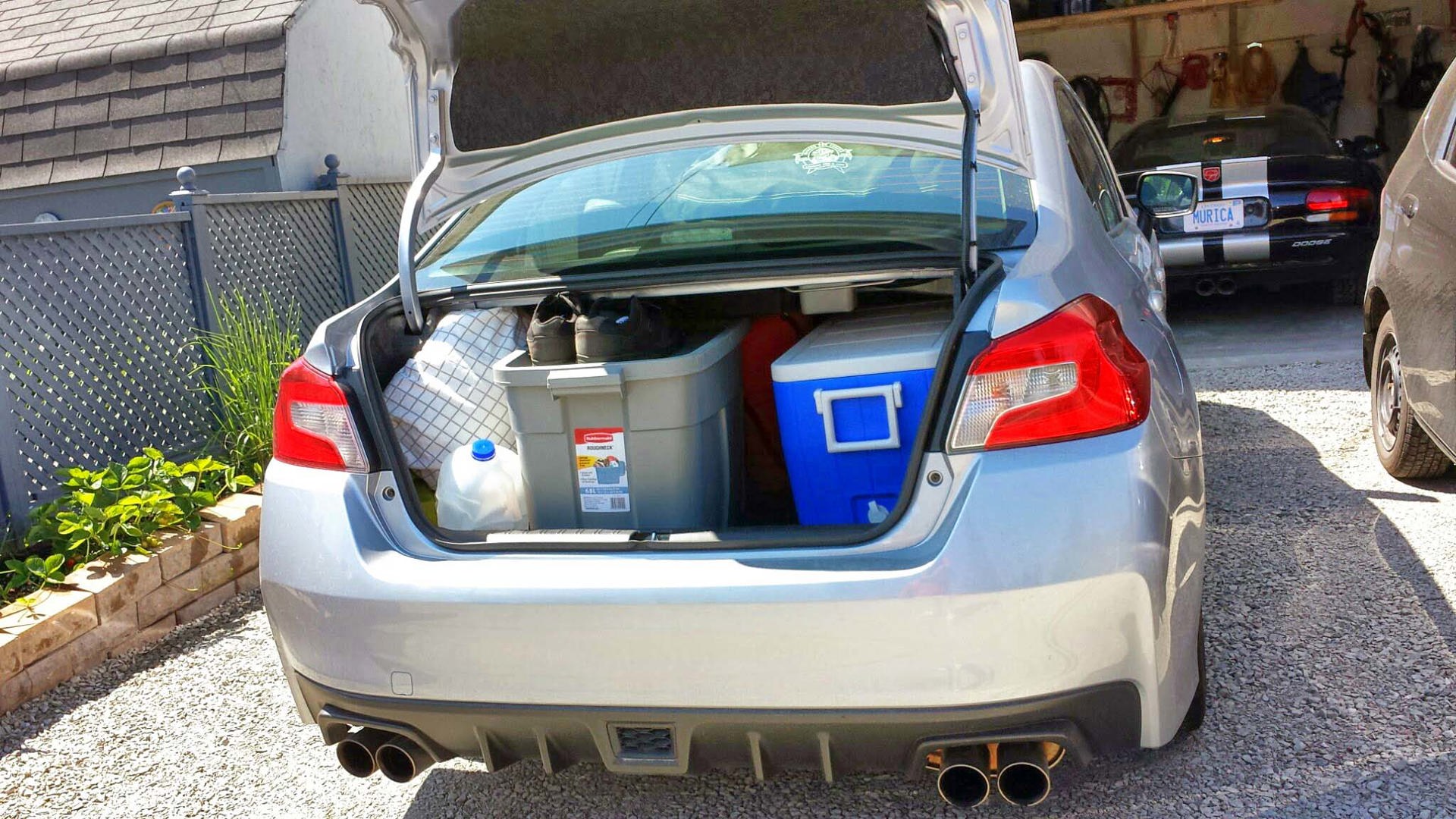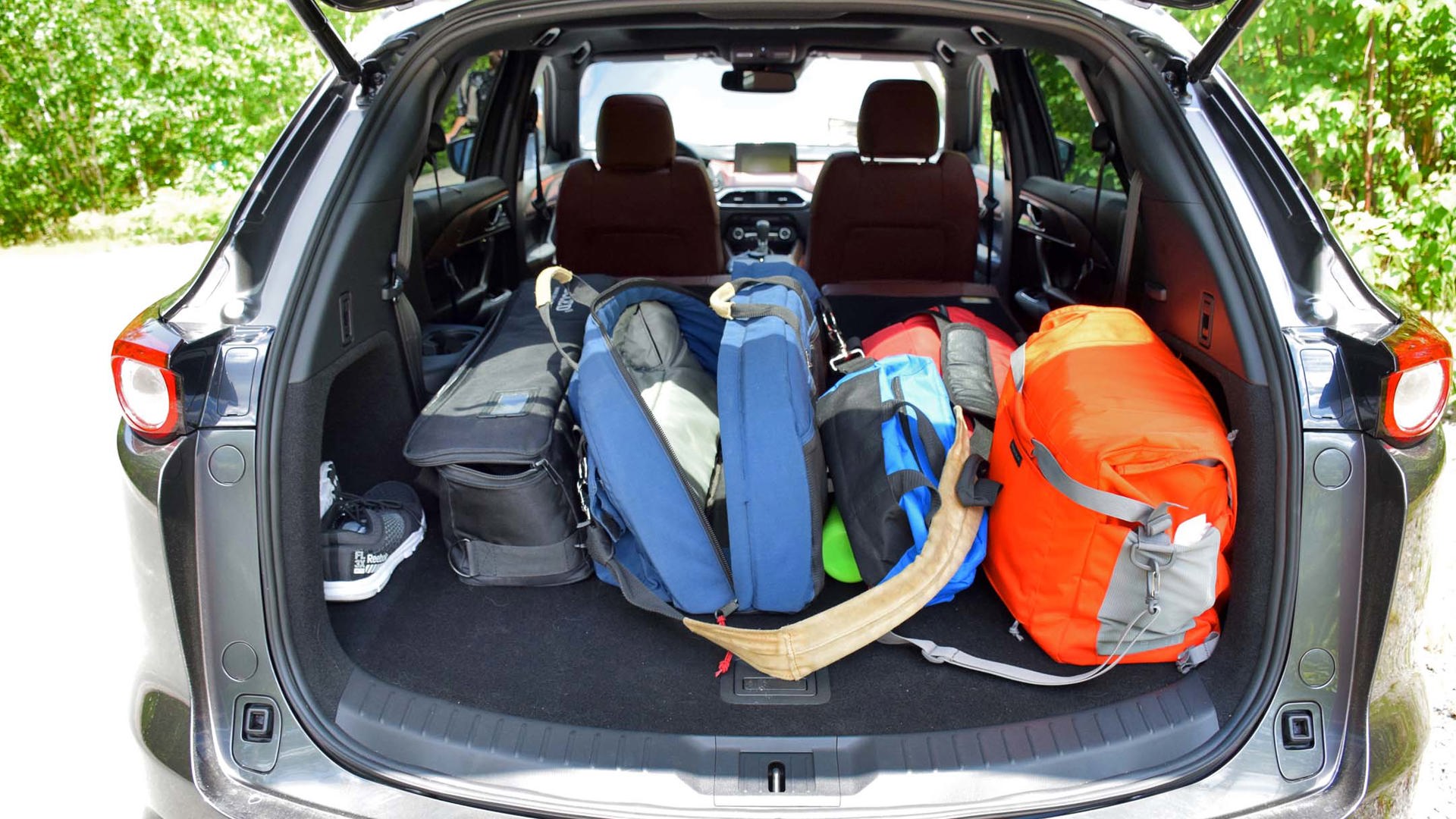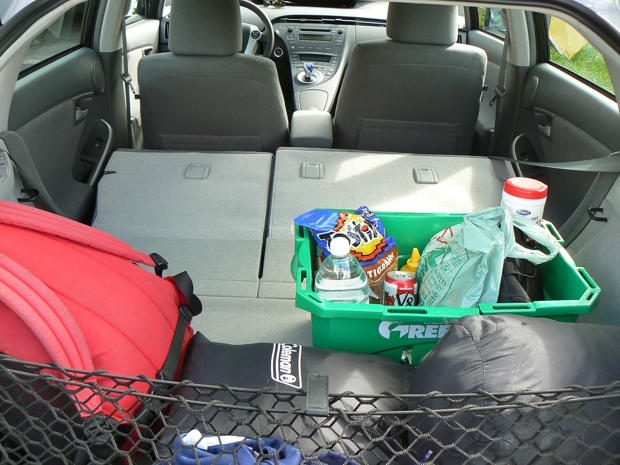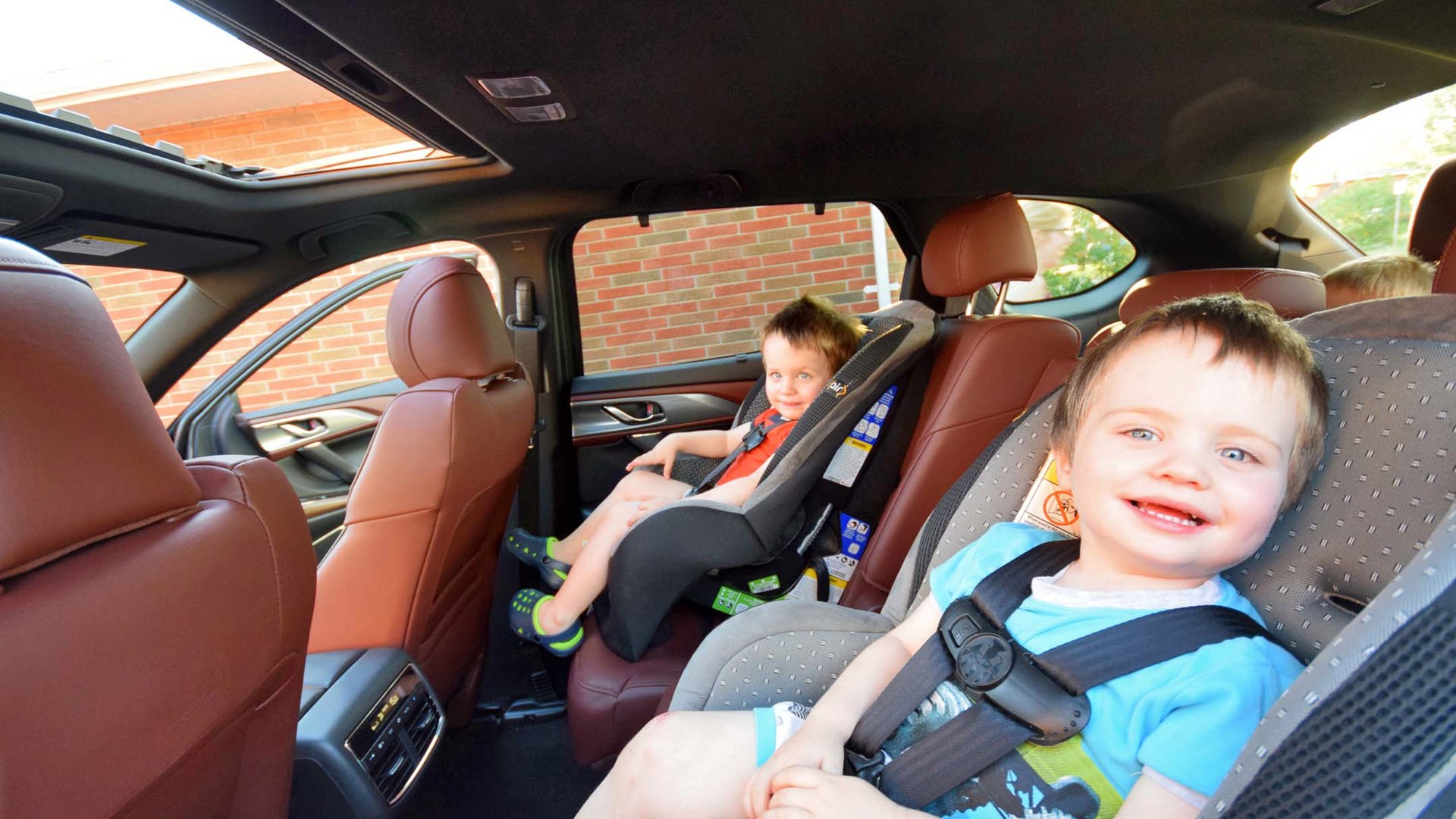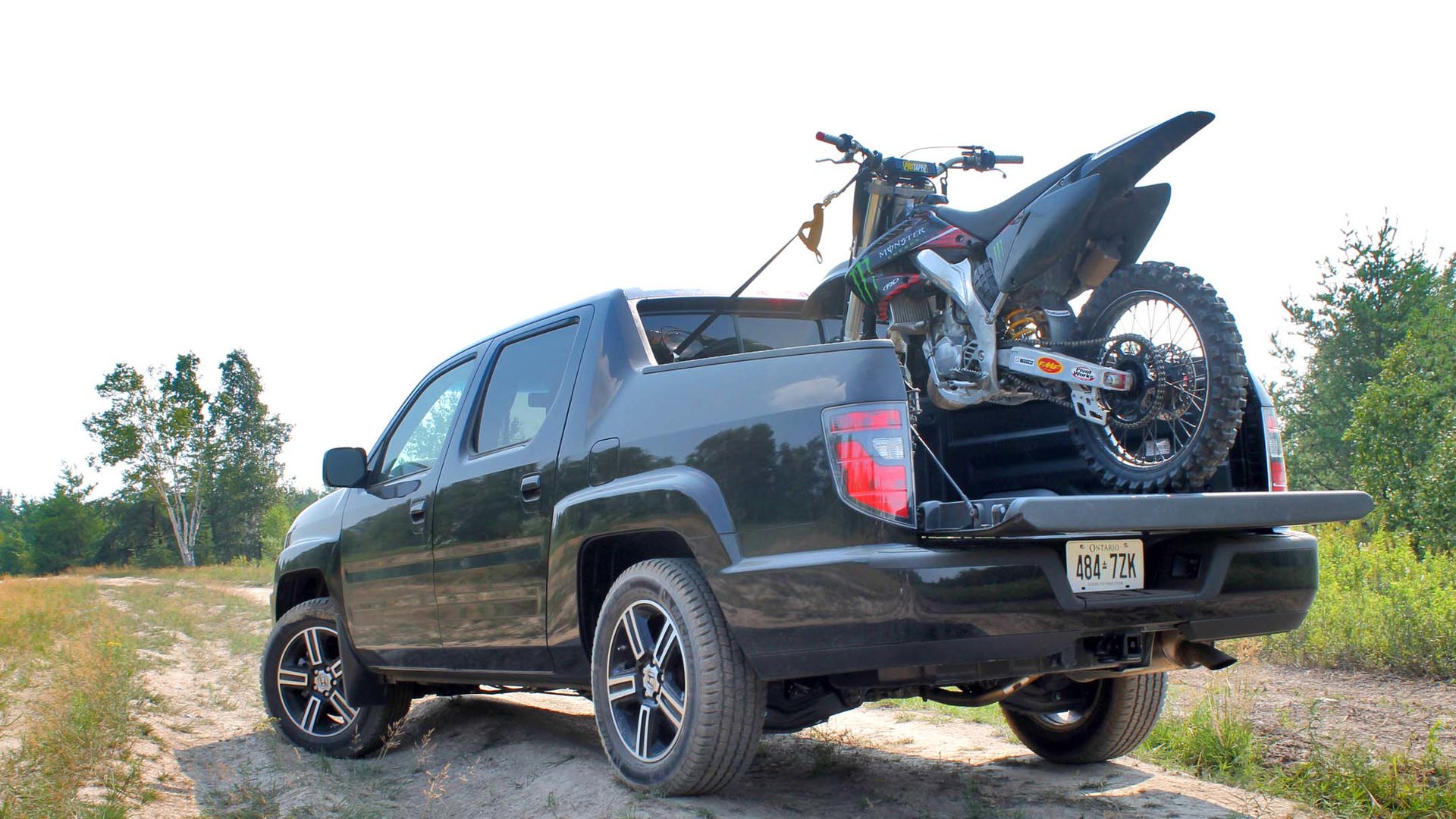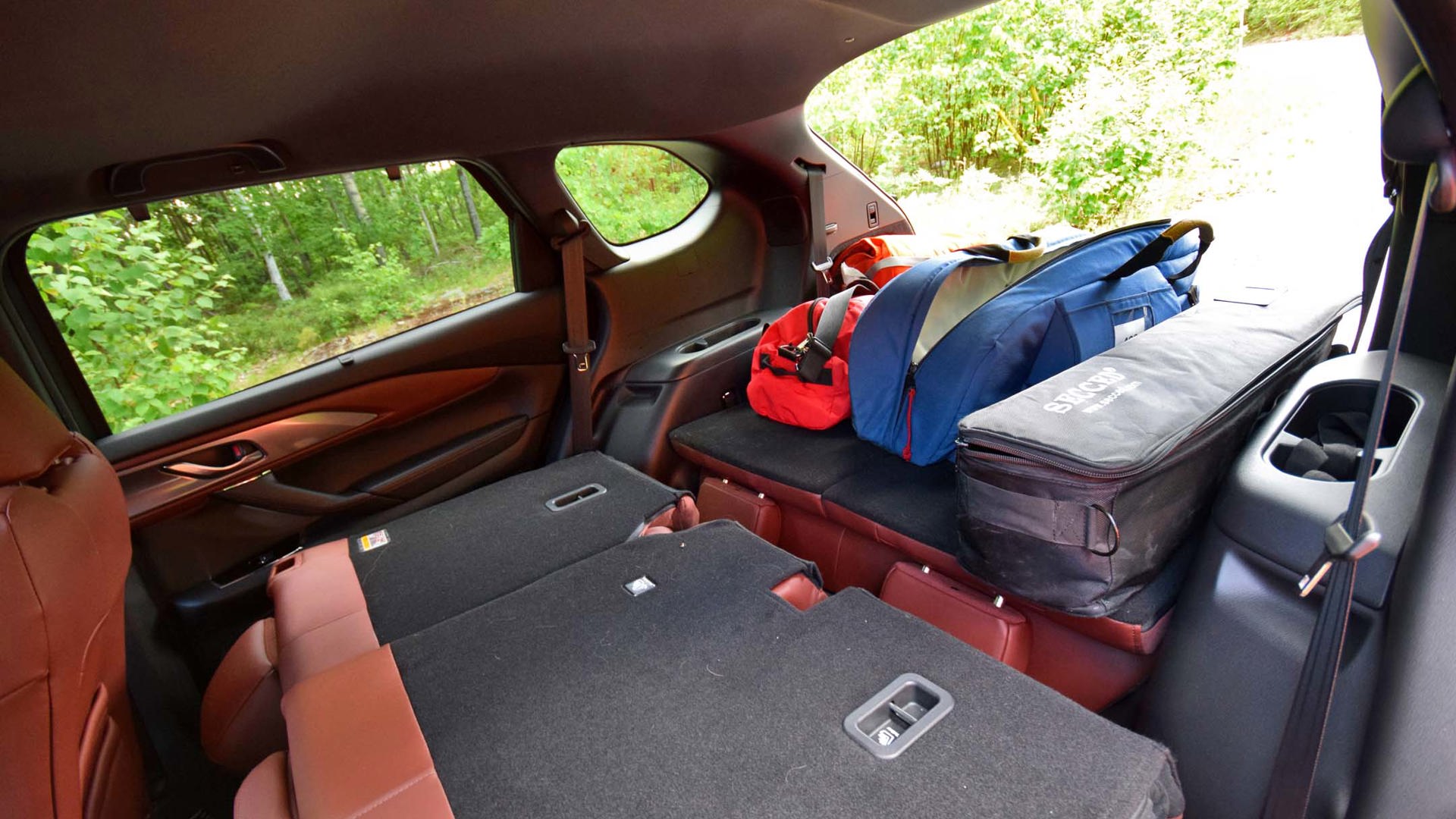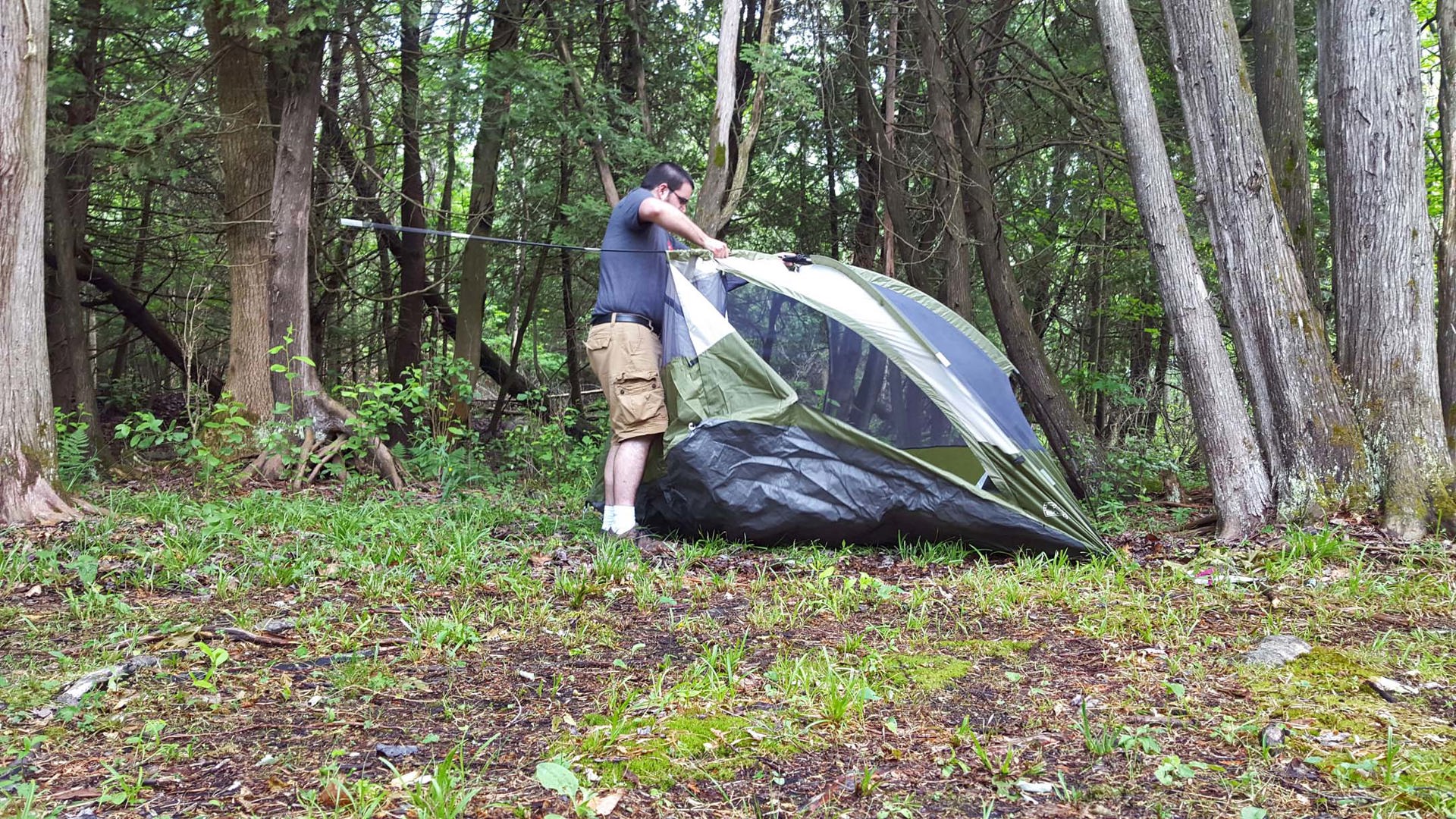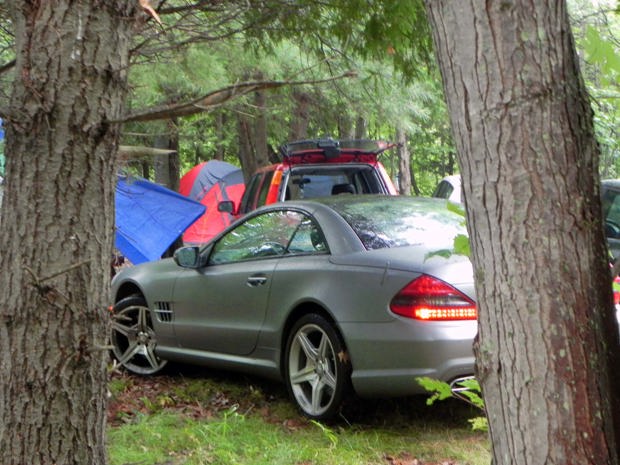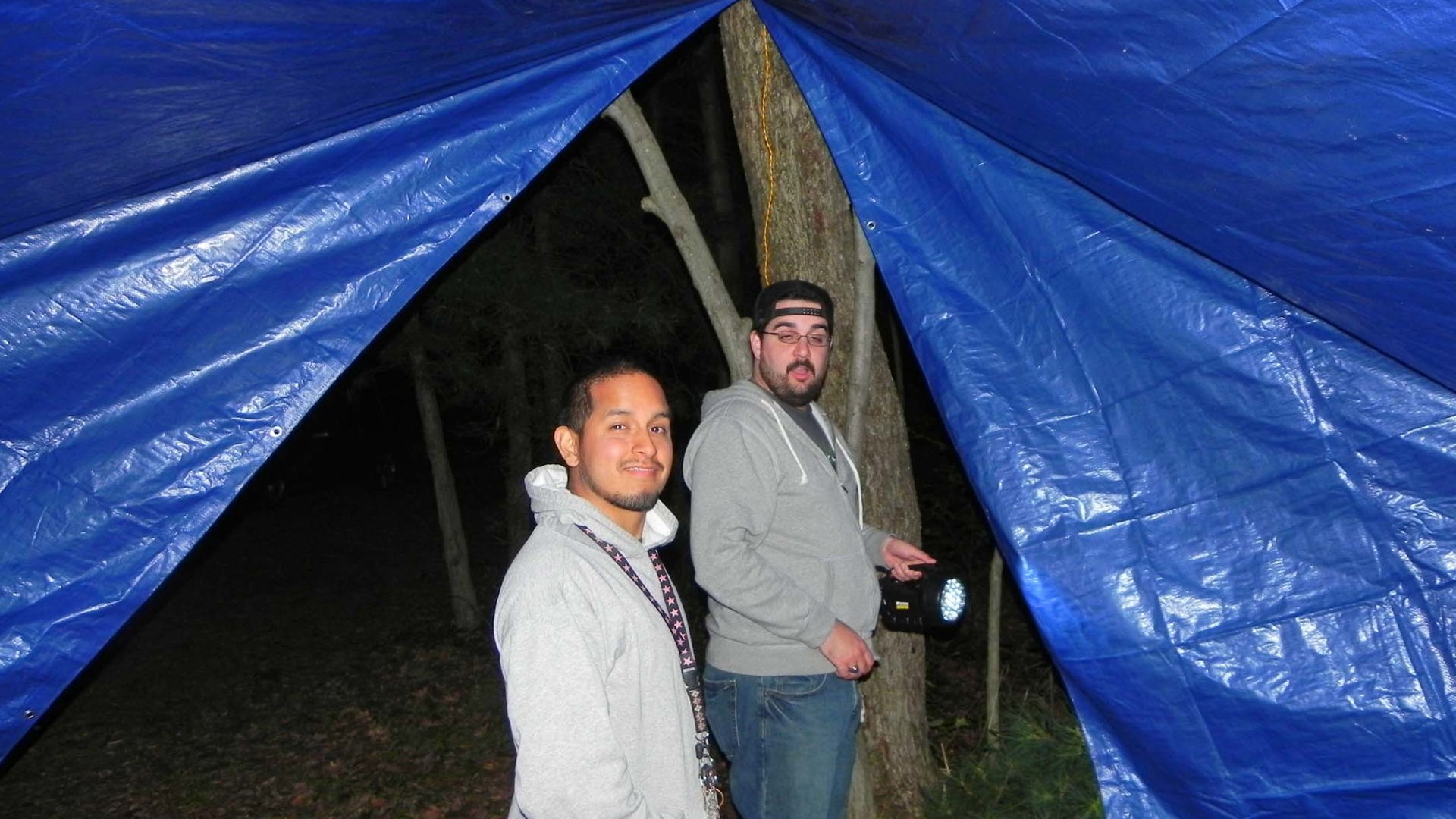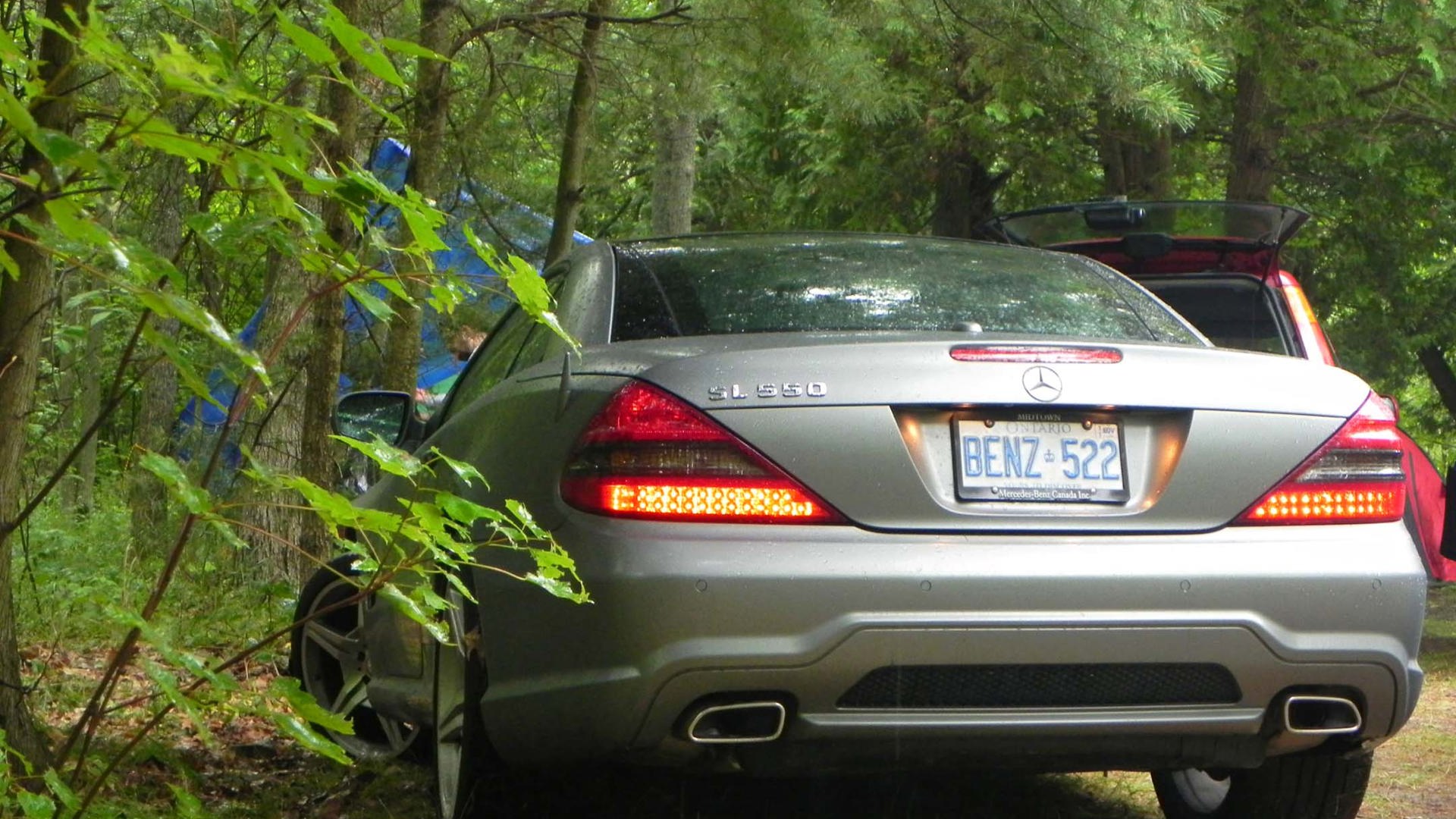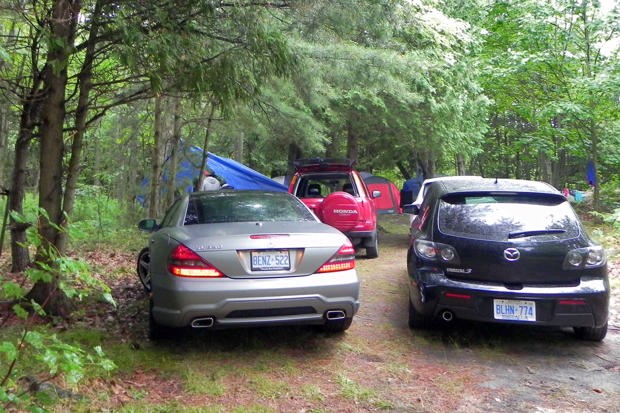Car camping is popular with folks and families who want to get out of the city and into nature – but without all of the laborious hiking, fully loaded with gear, into some remote location. With car camping, you’re camping in the bush, but your vehicle, and your link to civilization, is nearby at all times.
Camping season has arrived, and thousands of Canadians are loading their cars, coupes, crossovers and pickups full of camping gear, and venture off to campsites and parks in the wilderness.
If you’ll soon be heading out on your first car camping venture, the following tips, hints and advice will help make it a good trip that won’t be disastrous, and later referred to as “the incident”.
Tip 1: Call Ahead
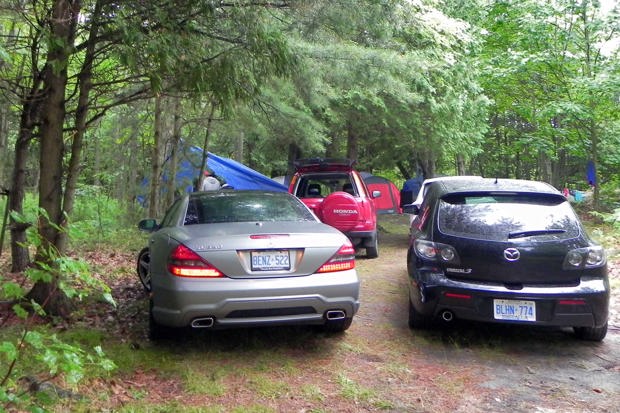
It’s common sense for some, and not others: call ahead to the campsite or park you want to attend, to make a reservation. Especially during peak camping weeks and weekends, numerous provincial and private parks sell out fast – so avoid soul-crushing, family-ruining disappointment by ensuring you have a space reserved well ahead of time. Be sure to confirm whether or not the site you’ll be using has a parking space for the vehicle(s) you’ll be taking, and note that for some campers, finding a site with running water and an electrical hookup is a good idea.
Tip 2: Mind Your Battery
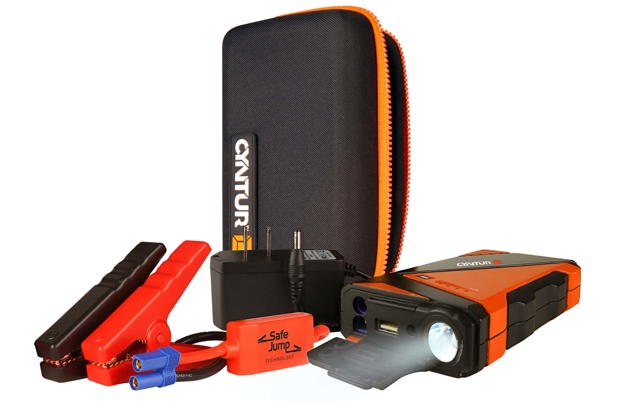
Don’t finish your camping trip with a dead battery, because that’s just the worst. After a few days of camping, you’ll likely have run your ride’s stereo, lights, power outlets and other features to keep entertained, comfortable and connected. Many rides can handle a few hours of lights, listening and recharging, but others can’t – so remember to run your ride’s engine for a few minutes here and there to keep the battery topped up, or to consider a portable battery pack / booster pack, like the Cyntur Jumper Pack Mini or NOCO Genius Boost +, just to be safe.
Products like these take the load off of your ride’s battery, providing juice galore for recharging phones, tablets and Bluetooth speakers. A built-in flashlight means you’ll have less need to run your ride’s headlights for late-night illumination. Best of all, a fully charged booster battery pack can restart your ride’s engine if the car battery dies. Larger and longer-lasting portable power solutions are available, and some even include built-in air compressor provisions for inflating beach floaties, bike tires, and the like.
Tip 3: Protect Your Cabin
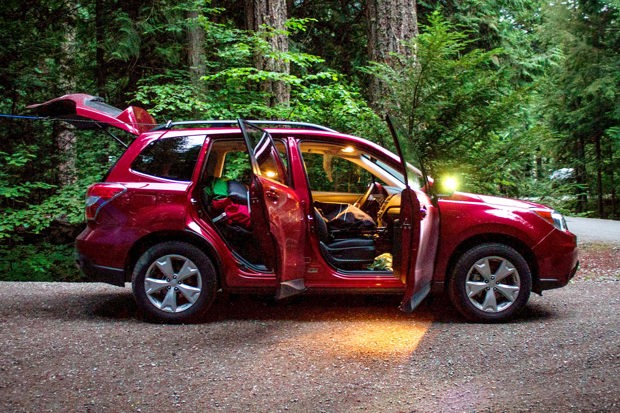
Your ride’s interior will take a lot of abuse during the average car camping venture – with possibly dirty, often-sandy gear being shoved in and out, people boarding and exiting, and pets attacking the cabin with their claws. Whether a form-fitting cargo mat or just a simple old blanket, consider protecting your ride’s cargo hold and bumper during loading and unloading, which can make clean-up faster and easier, and help maintain your ride’s resale value by fending off premature wear and tear.
If the vehicle will be parked in direct sunlight for an extended period, consider protection from a set of seat covers, or a windshield shade, too. Going camping for the long haul? Haul a car cover along for the trip where possible – it’ll protect your ride’s interior, and keep its paint from being ravaged by direct sunlight, tree sap, bird droppings and the like.
Tip 4: Use Accessory Roof Racks / Cargo Boxes
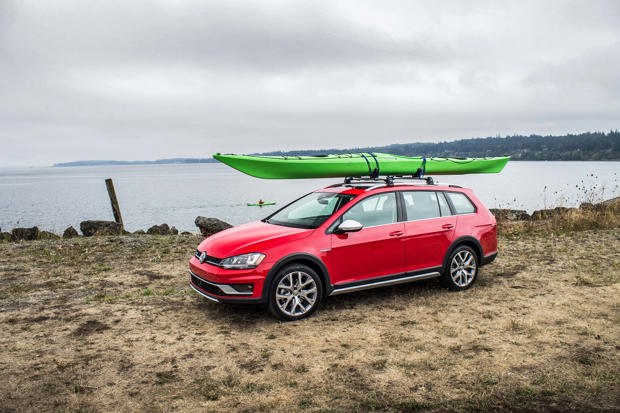
When packing up for that first car camping trip, you may realize, like thousands of folks, that you don’t quite have enough room. Assuming the wife and kids don’t want to carry their gear on their laps for several hours, consider test-packing your gear to ensure there’s enough space for all of your coolers, toys, clothes, chairs, tents and other provisions.
If there isn’t, consider expanding your ride’s cargo carrying capacity with a handy roof or hitch-mounted cargo carrier. Many carriers are weatherproof and lockable, allowing you to securely transport gear and toys that would otherwise take up space on board. Not only do cargo boxes make for a more comfortable and spacious drive to the campsite, they help protect your ride’s cabin from wear and tear, too. Best of all, that cargo box makes a great investment that you can use all year round whenever you need to, and most are simple to remove when they’re not needed.
Tip 5: How to Sleep in Your Car / Crossover
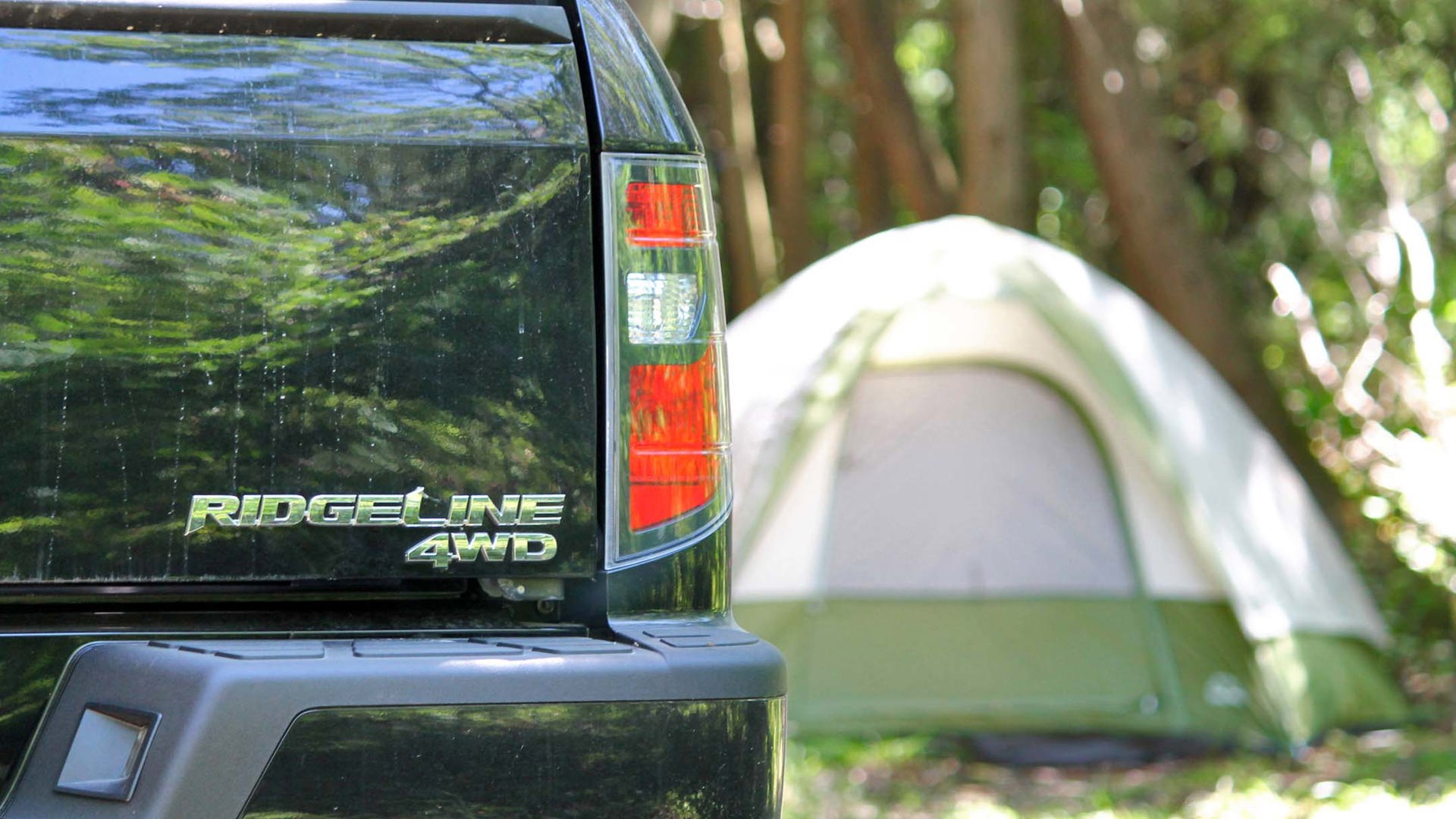
For many campers, your writer included, setting up tents is the worst thing of life. If you’d rather scour your own face off with a rusty steel-wool pad than deal with pegs, poles, dew, and morning tent spiders, you may be considering sleeping inside of your ride, since it’s more comfortable, elevated from the filthy ground, and waterproof.
A few notes: First, the best time to ensure you can sleep inside of your ride is before you leave for your camping trip, not once you’ve arrived. Assuming that your ride will make good sleeping quarters is a good way to have to convince a friend or relative to let you sleep in their tent.about:blank
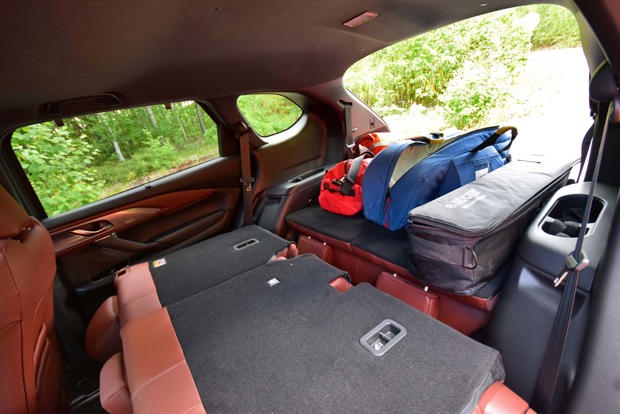
Second, be sure the rear folding seats (if applicable) fold fully flat, giving you a flat sleeping surface, and not one that’s inclined. Lying down for a few minutes on slightly inclined seatbacks may be fine, but after a full night’s sleep, your back will be displeased.
Third, consider using a thin foam pad to sleep on, instead of a thick air mattress. Depending on your ride, a thicker air mattress can leave you sleeping in close proximity to the vehicle’s ceiling, which may feel stuffy and cramped.
Finally, once you determine that you can sleep comfortably inside of your vehicle, obtain a piece of screen, and some magnets or tape, to create a bug barrier over your sunroof or a window, which you’ll open slightly, to ensure a fresh supply of air, proper moisture evacuation, and a night free of being munched on by ravenous skitters. Sleeping in a totally sealed vehicle is not advised – the air will feel stale, your cabin will be muggy and smelly, and the windows will be dripping wet with condensation. A little bit of air venting goes a long way when you’re sleeping in your ride.
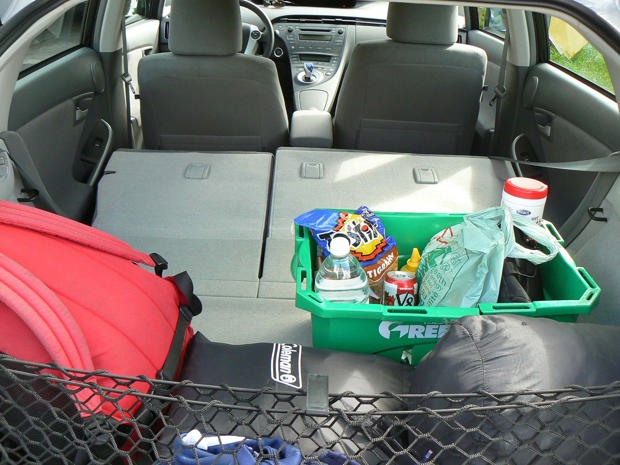
Pro tip 1
Keep your remote control close by in case you have to activate your lights or horn to scare away furry nighttime campsite intruders.
Pro tip 2
Lock your doors when you go to bed, but don’t set the car alarm. Many vehicles have an alarm system that can be triggered by movement inside of the vehicle, which will wake up all of your neighbours.
Pro tip 3
Leave bottled water in your ride’s rear-seat cupholders before going to bed, so you don’t get dehydrated after a long evening of enjoying adult beverages.
Tip 6: Use your Car to Hang a Tarp
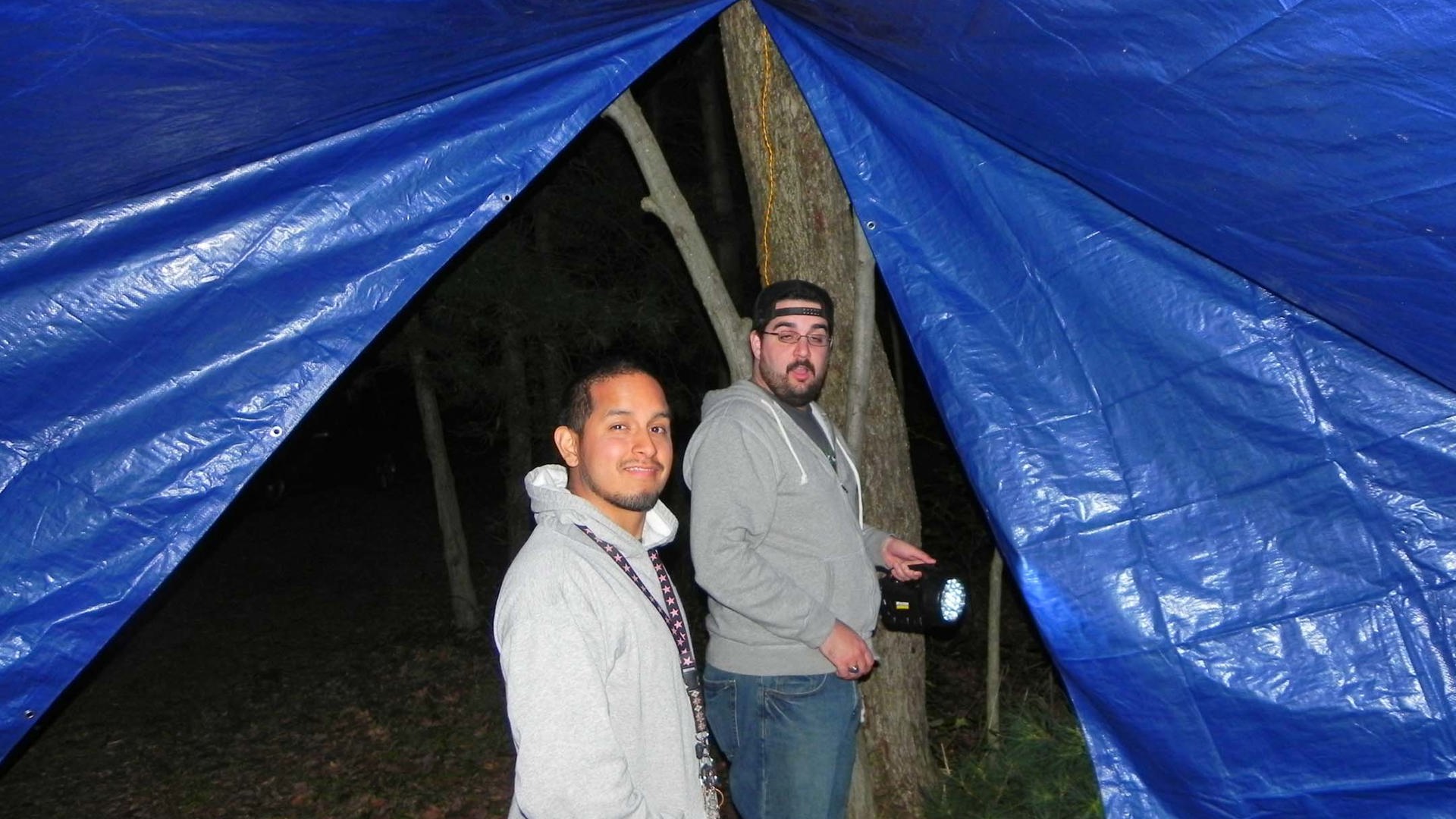
Once you’ve laid out your campsite, you may decide to use a tarp to construct a covered area that protects you and your things from the rain and sun. Tie the tarp by hand to four trees, and you’ll probably wind up with more sag and dangle than the underside of a cow. So, where feasible, attach 3 corners of the tarp to various nearby trees with some rope, and the fourth corner of the tarp, via another rope, to your ride’s tow-hook, trailer hitch, or roof rack. Attach the tarp to the trees first, then to your ride, and carefully inch the vehicle into a position that snugs the tarp tightly, but not too tightly.
A snugly tightened tarp will resist noisy flapping in the wind, and allow water and debris to fall off more easily than a saggy one. As an added bonus, your tarp will last longer, since it won’t have to support the weight of heavy water pooling up inside of it.
Pro tip 1
Attach one corner of your tarp to the front roof-rack of your truck, minivan or crossover (if available), and drive the vehicle beneath the tarp to snug it into place. This positions the tarp over top of your vehicle, protecting it from the hot sun and providing a covered area over its tailgate, if you position it properly.
Pro tip 2
Use your taut tarp ropes to hang mosquito coil holders, cordless lights, or soggy swimming gear. This makes them more useful, and also helps reduce the possibility of taking a rope to the face while you manoeuvre about the campsite after dark.
Tip 6: Keep Bears Away
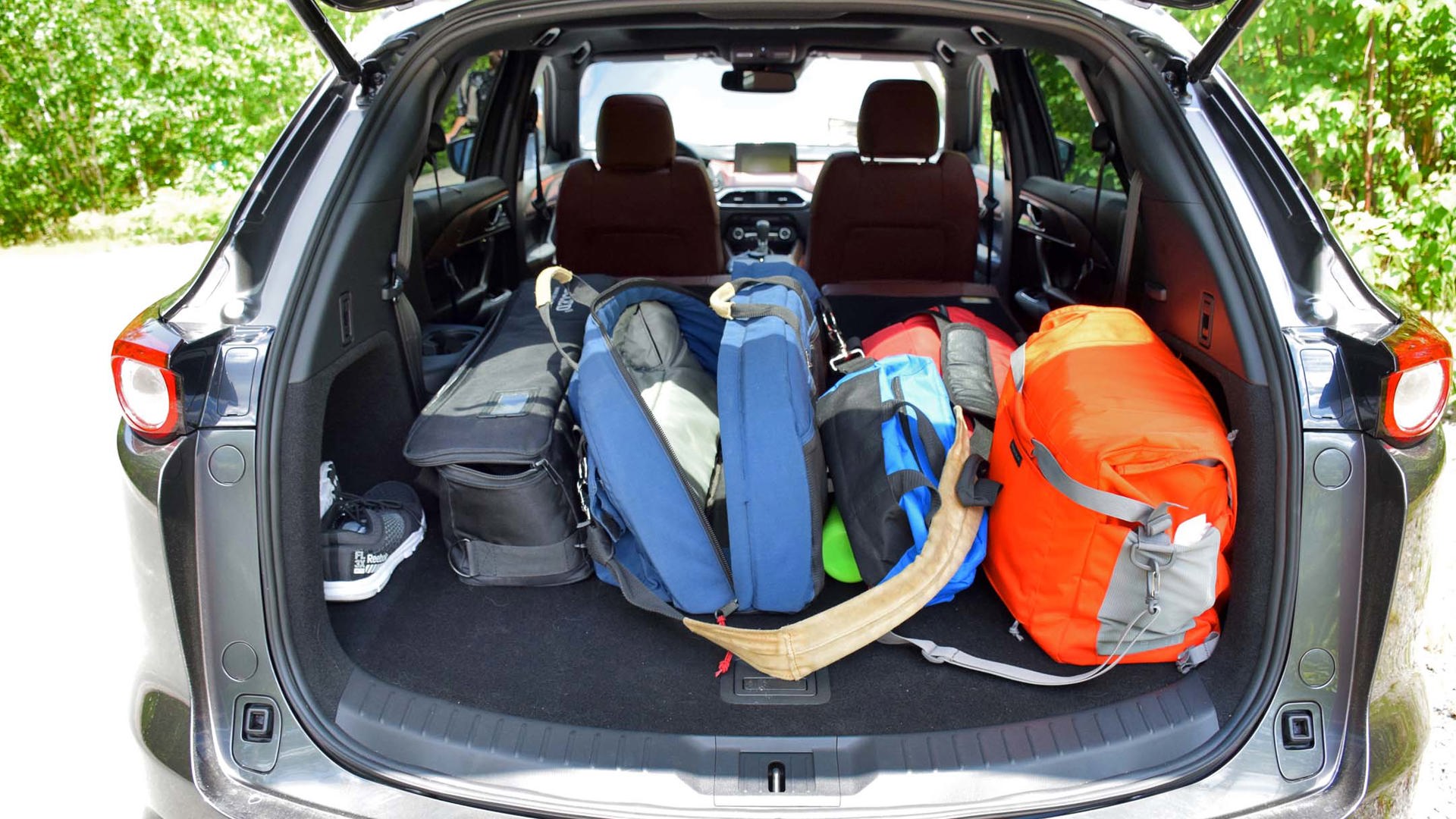
If you aren’t sleeping in your vehicle, put all food and snacks and things bears like to eat inside of your ride at night, where they’re not accessible, then lock your ride up with the windows and sunroof closed. This can help keep bears away, since – usually – bears want an easy snack, and don’t want to break into your car.
Further, bring your keyfob into your tent or hammock so you can sound the alarm or activate your vehicle’s lights to scare them off if needed. Do not underestimate the ability of scary forest creatures to find even small amounts of food left around your campsite.
Tip 7: Mind the Fire
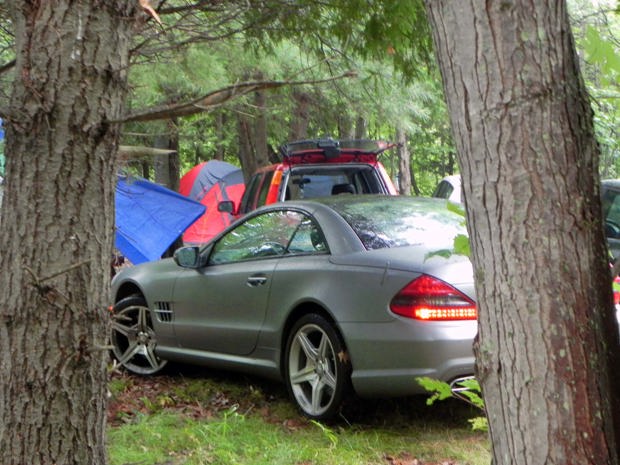
If you’ll have a campfire, remember to mind your ride. Glowing embers cast out of the fire can wind up on your paint, causing damage, and campfire smoke can ruin the smell of your ride’s cabin for months if it’s allowed to enter. Park as far from the fire as you can, and always roll up all windows and close the sunroof where possible.
Tip 8: Consider These Products / Accessories
Magnetic battery-powered light
A small battery-powered utility light, with a magnetic base, can attach to your ride as needed, providing after-dark lighting near your vehicle that’s easily removed if you need to have a late night whiz in the woods.
Solar panel power station
Various options exist in solar panels that turn sunlight into delicious electrons that can recharge your toys, phone, and gear, thereby reducing the load on your vehicle battery, and reducing the need for wasteful idling to recharge it.
Portable vacuum
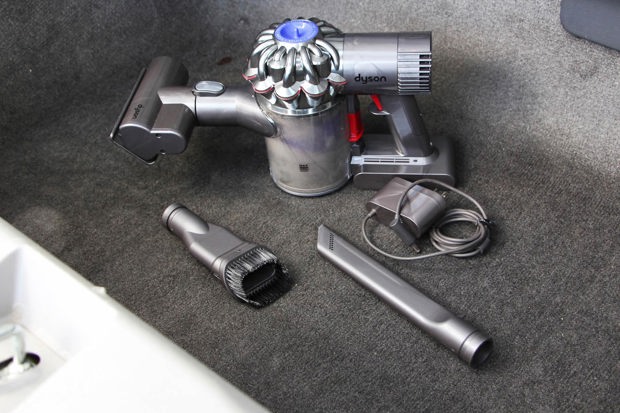
Many portable, rechargeable vacuums are available – and they’re handy to have on any camping trip. We recommend a high-quality unit, like a Dyson DC61 Animal, for strong performance and good battery life. You can clean the car, the tent, or even your eating area, as needed.
Bluetooth stereo
If your ride doesn’t have Bluetooth audio streaming functionality, and if you’re considering adding a Bluetooth-capable head-unit, consider doing it before a camping trip. Remember: with Bluetooth audio streaming, you can control the tunes played via your ride’s stereo from your handset, up to 30 feet away. Just mind your ride’s battery – and consider a portable Bluetooth speaker if a new stereo head-unit isn’t in the budget.
12-volt inflator
Forget your air inflator at home, and you’ll have to convince the kids to have a “who can blow up mommy’s air mattress the fastest” contest, which nobody wants to play. A 12-volt air inflator is small, hooks up to your ride’s cigarette lighter, and can make quick work of blowing up mattresses, beach toys and more. Many even feature two-way operation, useful for sucking every molecule of air back out of the inflatable in question when you’re finished, for easy, space-optimal repacking.
